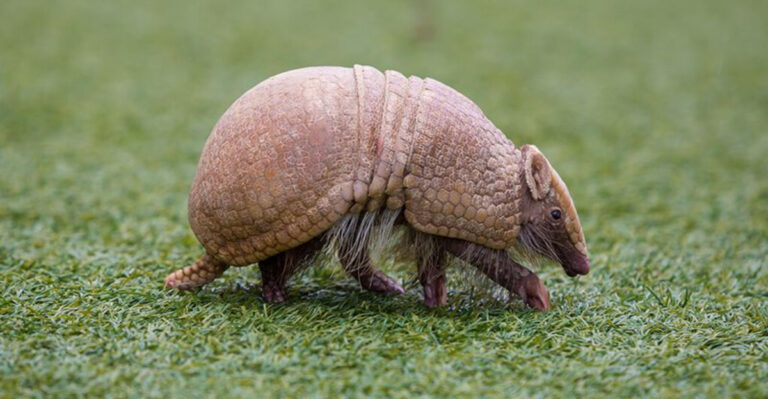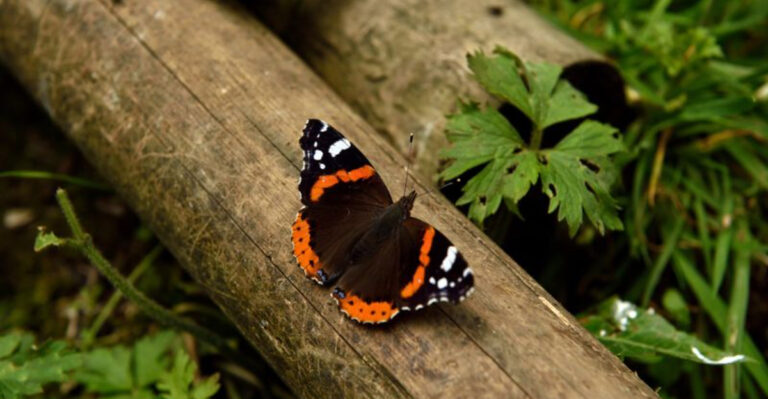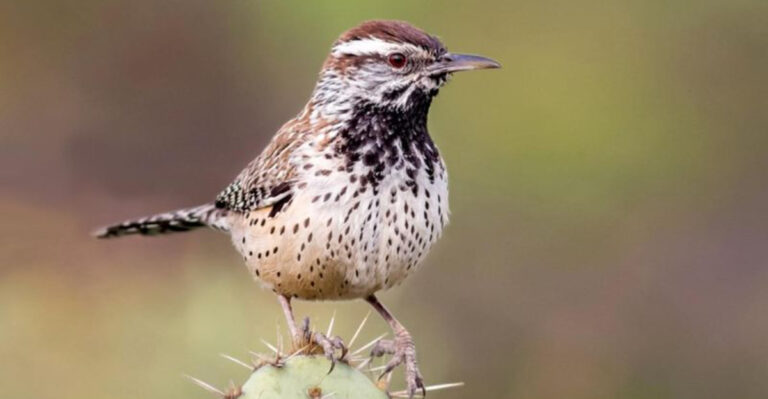14 Animals That Chew Cud
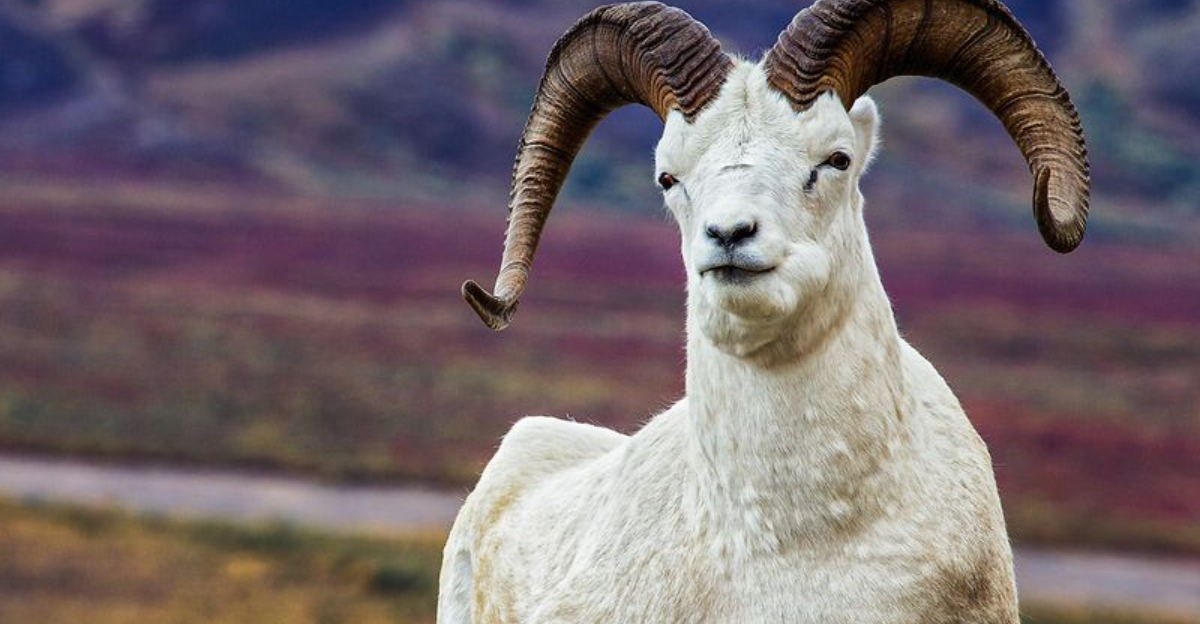
Ever wondered why some animals seem to chew endlessly? These cud-chewing creatures have a fascinating digestive process that allows them to extract maximum nutrients from their food.
It’s not just cows doing the cud-chewing dance—many other animals participate in this unique practice, each with their own quirks and charm. Let’s explore remarkable animals that chew cud and why they do it!
1. Giraffe
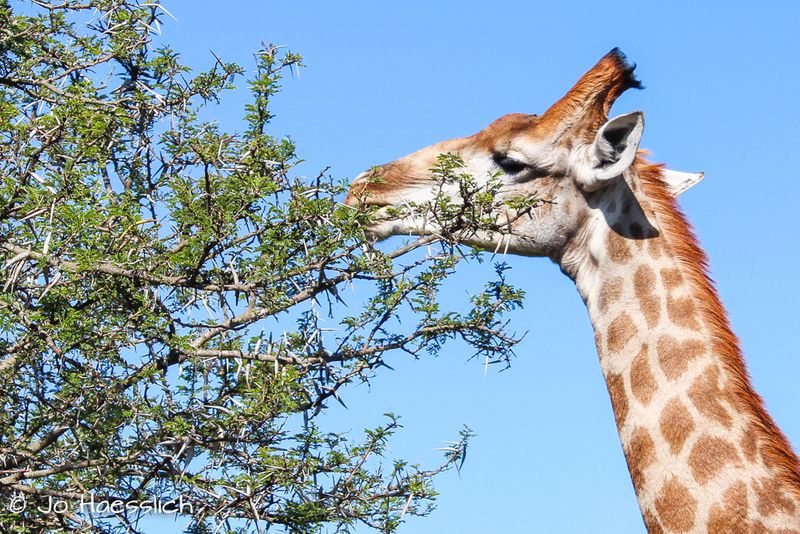
With necks long enough to reach the stars, giraffes epitomize elegance. These towering giants nibble on acacia leaves, chewing cud to extract every bit of nutrition.
Giraffes are fascinating because they only sleep for short bursts, staying alert to predators. Their long, black tongues help them grasp leaves effortlessly, while their cud-chewing helps digest this leafy diet efficiently. Isn’t nature’s design simply amazing?
2. Cow
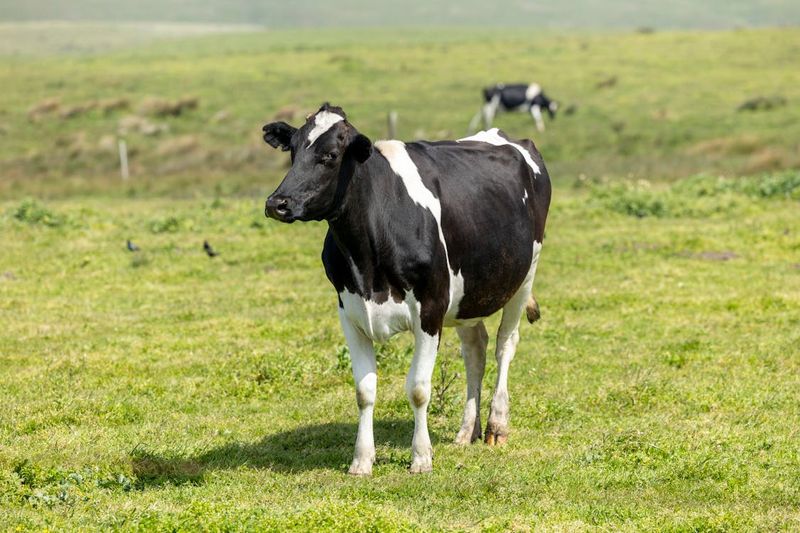
Cows are the undisputed cud-chewing champions! Their four-chambered stomachs break down tough plant fibers, allowing them to thrive on grass. Ever noticed a cow’s calm demeanor?
It’s partly due to the soothing process of cud chewing, which aids digestion. This repetitive chewing is more than just a quirky habit; it’s essential for their health and milk production. Talk about efficiency!
3. Sheep
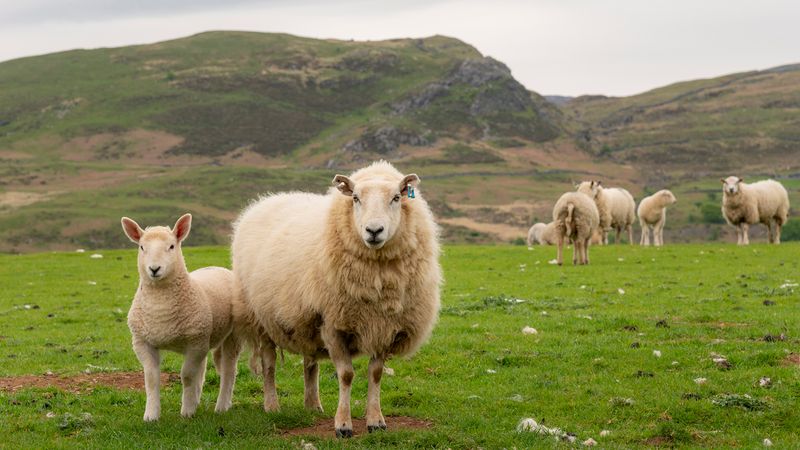
Sheep, with their fluffy coats, are more than just wool producers—they are cud-chewing experts. Their ability to convert grass into energy makes them ideal for grazing in diverse environments.
Sheep are social creatures, often seen in flocks, which adds to their cud-chewing charm. Their continuous chewing is a delightful sight in pastoral settings, showcasing their laid-back lifestyle.
4. Goat
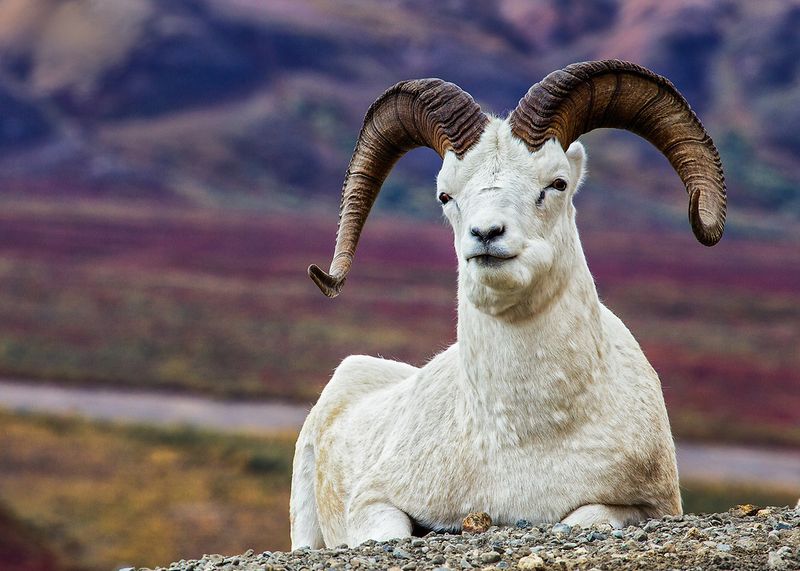
Goats are nature’s lively climbers and cud-chewing aficionados. Their adventurous spirit is unmatched, scaling rocky cliffs with ease.
Chewing cud is vital for their energy, as it helps process a variety of vegetation. Goats have a knack for foraging, their chewing a testament to their adaptability. This makes them resilient in the wild, adding a quirky twist to their cud-chewing repertoire.
5. Bison
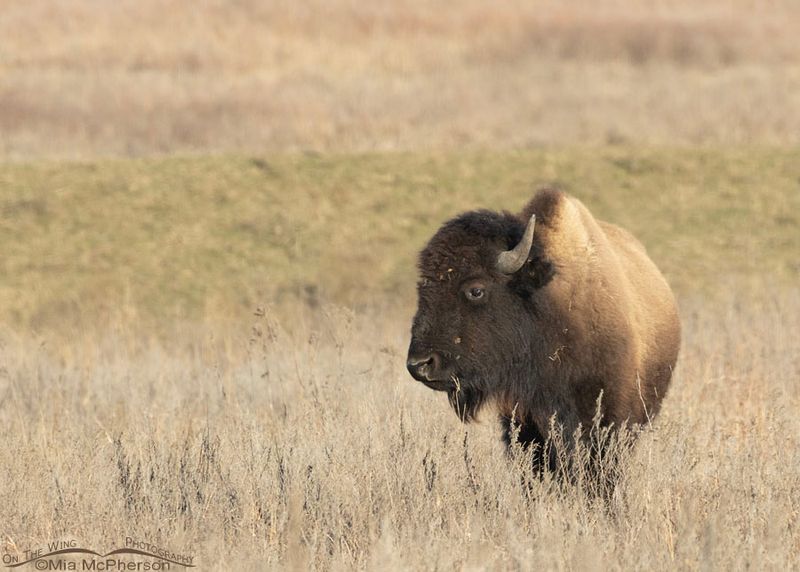
Bison, symbols of the American plains, are also masters of cud chewing. Their massive bodies are supported by a diet rich in grasses and herbs.
Chewing cud aids in their digestion, allowing them to sustain their size and strength. These resilient creatures roam vast prairies, their cud-chewing habits crucial for survival in these expansive terrains. A true testament to nature’s resilience!
6. Deer
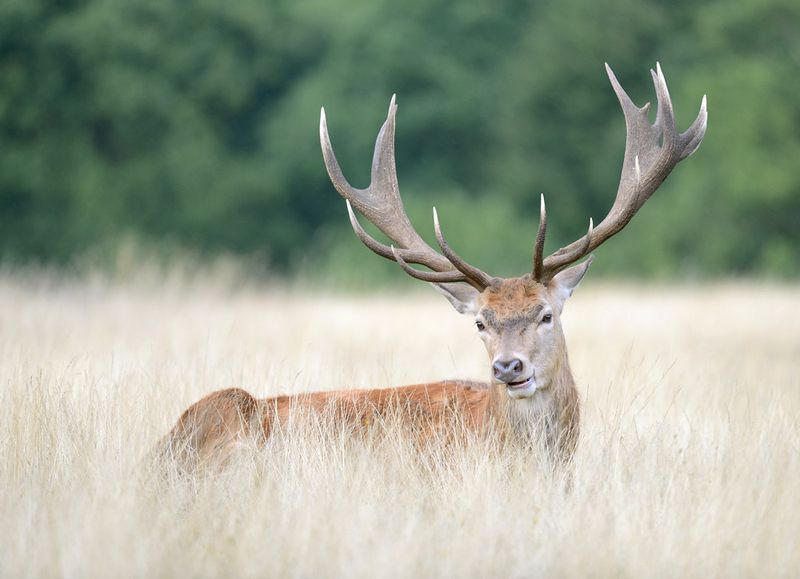
Deer are the epitome of grace in the animal kingdom, and their cud-chewing is a subtle dance of survival. These herbivores rely on cud chewing to efficiently digest fibrous plant material.
With their keen senses, deer navigate forests silently, their chewing process nearly invisible. This quiet, rhythmic behavior ensures they make the most of their leafy diet to stay agile and alert.
7. Camel
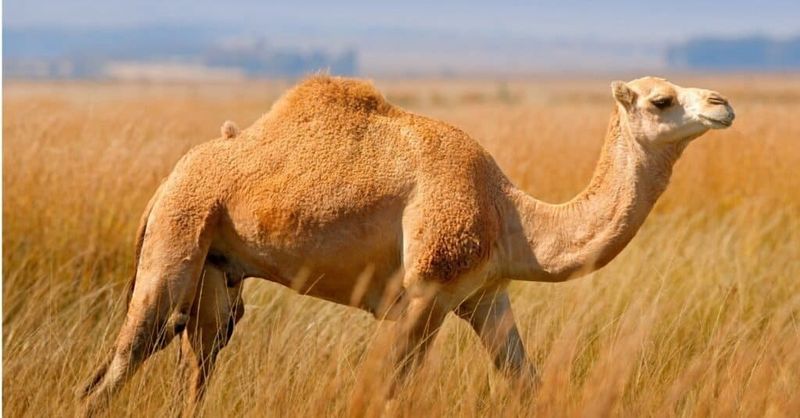
Camels, the ships of the desert, are not just about humps—they’re cud-chewing pros. Their unique digestive system allows them to thrive in harsh, arid environments.
Chewing cud helps them extract nutrients from dry vegetation, essential for their survival. Camels can go days without water, but their constant chewing keeps them nourished, proving they are well-adapted to desert life.
8. Elk

Elk, with their majestic antlers, are more than just a sight to behold. These grand creatures rely on cud chewing to break down tough grasses and shrubs.
Living in varied climates, from forests to prairies, elk’s digestive efficiency helps them thrive. Their cud-chewing is a quiet ritual, vital for maintaining their strength and stamina throughout the year.
9. Moose
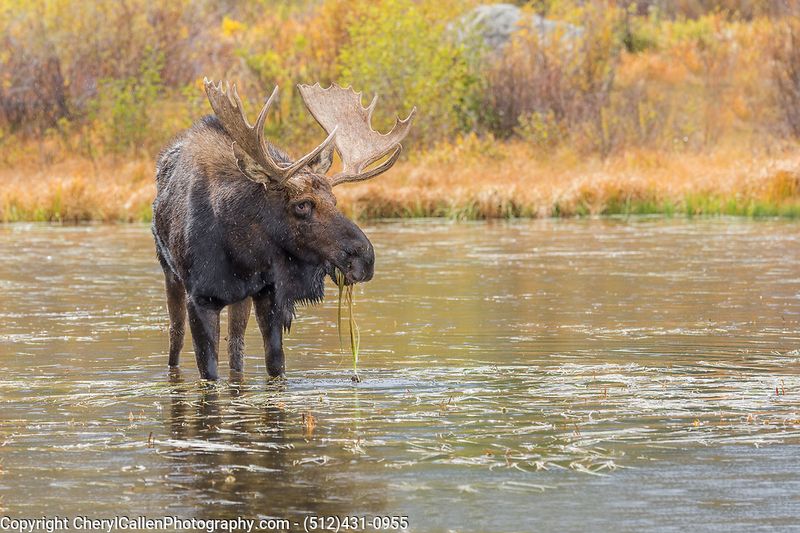
Moose, with their imposing antlers, are the gentle giants of the forest. Cud chewing enables them to digest a diet that includes aquatic plants and woody shrubs.
Their impressive size is supported by this efficient digestion process. Moose are solitary wanderers, their chewing a meditative act that sustains them through harsh winters, making them icons of northern wilderness resilience.
10. Antelope
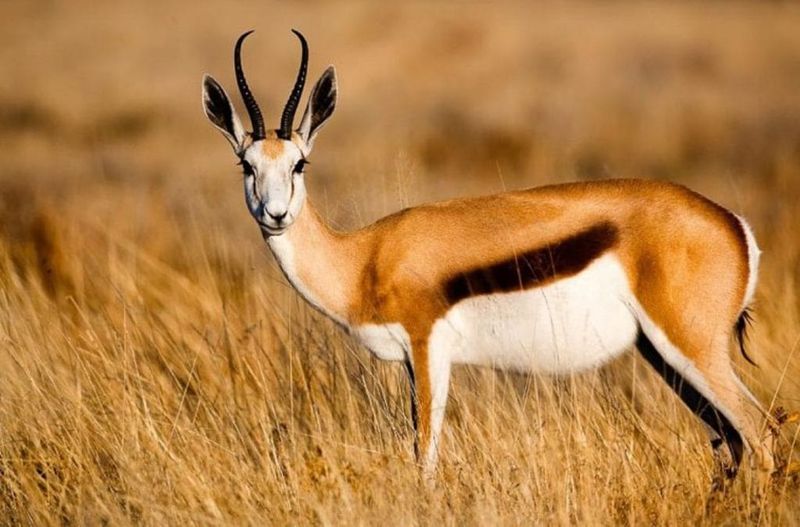
Antelope, with their graceful leaps and nimble bodies, rely on cud chewing for survival on the savannah. This process allows them to efficiently digest fibrous plants.
Their speed and agility are supported by a diet broken down through cud chewing, which maximizes energy use. These elegant creatures are a testament to nature’s balance of beauty and functionality.
11. Llama
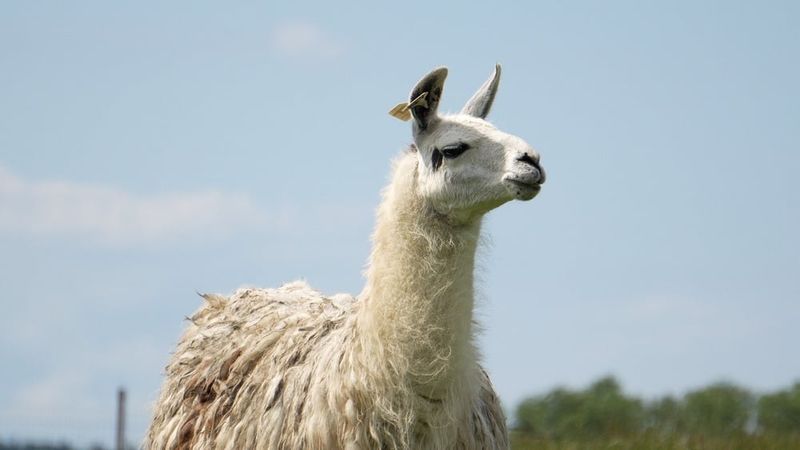
Llamas, with their endearing faces, are cud-chewing connoisseurs. Native to the Andes, they thrive in high altitudes, where their chewing habits help digest sparse vegetation.
This process is crucial for their survival in such challenging environments. Their cud-chewing is a quirky reminder of their adaptability and the unique role they play in Andean culture and agriculture.
12. Yak
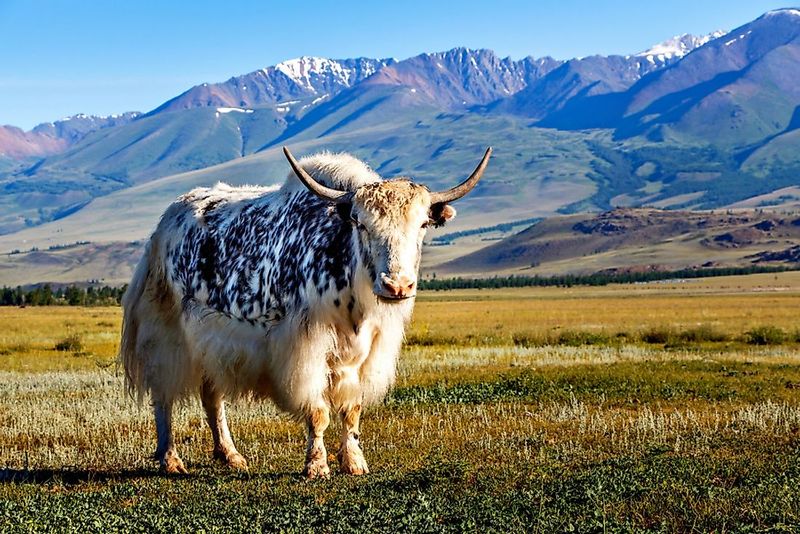
Yaks, the resilient beasts of the Himalayas, chew cud to survive in extreme altitudes. Their thick coats and robust bodies are supported by a diet of hardy vegetation.
Cud chewing is essential for breaking down these tough plants, ensuring they remain strong in harsh conditions. These iconic animals embody perseverance and adaptability in one of the world’s most challenging habitats.
13. Guanaco
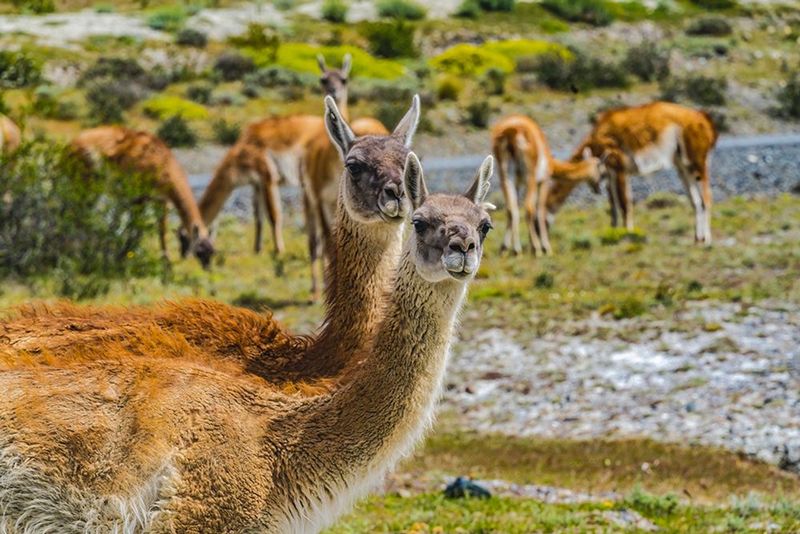
Guanacos, relatives of llamas, are cud-chewing marvels of Patagonia. Their ability to digest tough shrubs and grasses makes them suited to the region’s challenging environment.
This chewing process allows them to extract maximum nutrients, supporting their survival. Guanacos’ elegant stride and calm demeanor are complemented by their efficient digestion, showcasing nature’s adaptability in rugged terrains.
14. Okapi
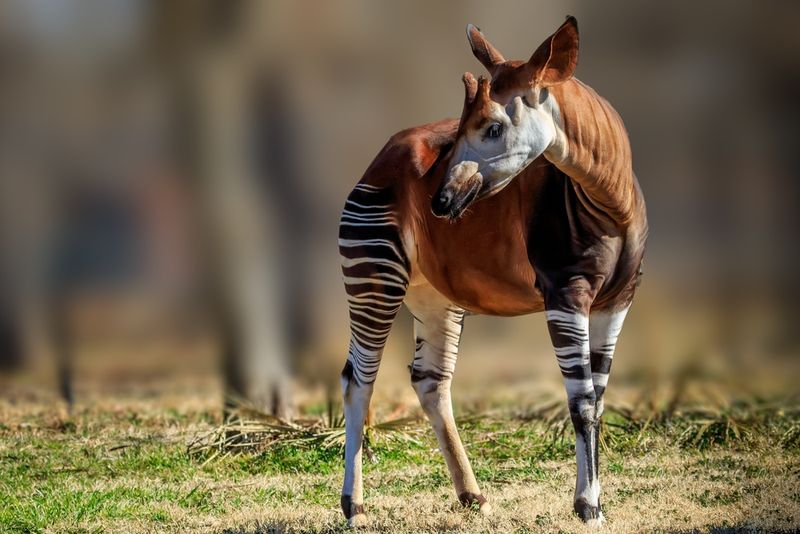
Okapis, with their zebra-like stripes and giraffe relatives, are cud-chewing enigmas of the Congo. This process helps them digest a diet rich in leaves, twigs, and fruits.
Despite their elusive nature, okapis play a crucial role in their ecosystem, their cud-chewing vital for nutrient cycling. Their mysterious charm and unique adaptations make them a captivating subject.




